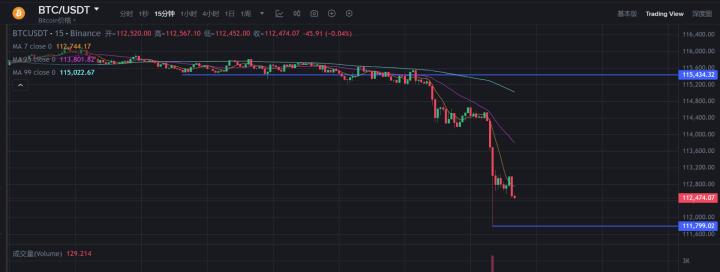AnchorX introduces stablecoin AxCNH in Hong Kong, marking a turning point in its international digital currency strategy.
The global stablecoin race has entered a fierce phase as the first regulated stablecoin Peg to the international yuan (CNH) and the Korean won (KRW) officially launched this week. This event marks an important shift by governments in putting their national currencies on blockchain infrastructure to maintain a competitive advantage against the dominance of USD Peg stablecoins.
Fintech firm AnchorX introduced its international yuan- Peg stablecoin AxCNH at the Belt and Road Forum in Hong Kong on Wednesday. The event comes after China made a policy adjustment to begin accepting stablecoins for international markets, representing a significant shift in Beijing's stance on digital assets.
The AxCNH stablecoin is specifically designed to facilitate cross-border trade with countries participating in the Belt and Road Initiative, which involves building road infrastructure connecting China with the Middle East and Europe, as well as maritime routes with other regions. This is part of a broader strategy to internationalize the yuan and reduce dependence on the US dollar in international trade.
Along with AxCNH, digital asset infrastructure company BDACS also announced the Korean won Peg stablecoin KRW1 on Thursday. Both stablecoins are over- Collateralized Stablecoin , backed 1:1 by fiat currencies or government debt instruments managed by a custodian, ensuring stability and transparency in operations.
Stablecoins become strategic geopolitical tools
Stablecoins have become a geopolitical hotbed as governments rush to put their national currencies on blockchain infrastructure. The goal is to increase international demand for their currencies and offset the inflationary impact of issuing them, as the traditional financial system becomes increasingly constrained.
Traditional financial systems operate slowly, require complex infrastructure, and are often constrained by Capital controls in many regions, which stifle demand for fiat currencies. In contrast, blockchain fiat currencies operate 24/7, allowing for near-instant cross-border payments, increasing international demand and limiting the impact of inflation.
Collateralized Stablecoin issuers like Tether and Circle play a key Vai by purchasing government debt instruments and holding fiat assets to back the stablecoins, then distributing them to anyone with a phone and a crypto wallet. This allows individuals around the world to become “indirect bond buyers,” driving up the debt market, lowering government bond yields and easing the burden of servicing public debt.
Tether has now become one of the world's largest holders of US Treasury bonds, surpassing many developed countries such as Canada, Norway and Germany. Russian President Vladimir Putin's advisor, Anton Kobyakov, also recently stated that the US government is looking to use stablecoins and gold to offset the $37 trillion public debt to strengthen confidence in the weakening US dollar.








